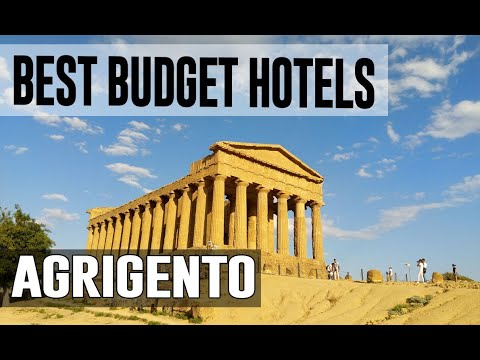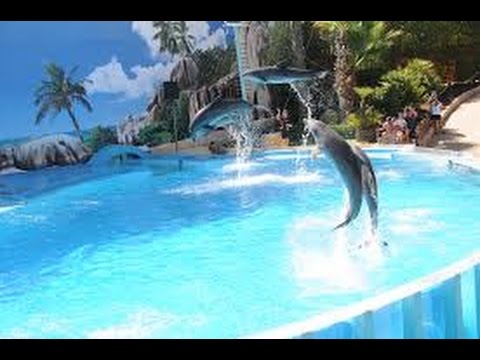Places to see in ( Rovigo – Italy ) (VIDEO)
Places to see in ( Rovigo – Italy )
Rovigo is a town and comune in the Veneto region of Northeast Italy, the capital of the eponymous province. Rovigo stands on the low ground known as Polesine, 80 kilometres (50 mi) by rail southwest of Venice and 40 kilometres (25 mi) south-southwest of Padua, and on the Adigetto Canal. The comune of Rovigo extends between the rivers Adige and Canal Bianco, 40 kilometres (25 mi) west of the Adriatic Sea, except the frazione of Fenil del Turco that extends south of the Canal Bianco.
Rovigo (both Rodigium and Rhodigium in Latin script) appears to be first mentioned in a document from Ravenna dating April 24, 838; the origin of the name is uncertain. In 920 it was selected as his temporary residence by the bishop of Adria, Paolo Cattaneo, after the destruction of his city by the Hungarian ravagers; the fortifications he ordered were already finished in 945. The viscounts of Rovigo built a line of brick walls in the 1130s in the name of the House of Este. The current Torre Donà is a remnant of the castle built some time in between; it is 66 m high and it may have been the highest brick tower at that time if the date of construction is correct.
In 1194 Rovigo became a formal possession of Azzo VI d’Este, duke of Ferrara, who took the title of conte (count) of Rovigo. The Este authority ended in 1482, when the Venetians took the place by siege and retained possession of it by the peace of 1484. Although the Este recovered the city during the War of the League of Cambrai, the Venetians, returning in 1514, retained possession until the French Revolution. In 1806 Napoleon I Bonaparte created it a duché grand-fief for general Anne Jean Marie René Savary. The Austrians in 1815 made it a royal city.
The architecture of the town bears the stamp both of Venetian and of Ferrarese influence. Main sights include :
Rovigo Cathedral (Duomo, dedicated to Martyr Pope Steven I), the Co-Cathedral in the bishopric of Adria–Rovigo; it was originally built before the 11th century, but rebuilt in 1461 and again in 1696. The art works of the interior includes a Resurrection of Christ by Palma the Younger.
Ruins of the Castle (10th century), of which two towers remain
Madonna del Soccorso: church best known as La Rotonda. If was built between 1594 and 1606 by Francesco Zamberlan of Bassano, a pupil of Palladio, to house a miraculous image of a sitting Madonna with Child carrying a rose. The edifice has octagonal plan, surrounded by a portico, begun in 1594. The original construction had a cupola, which was later substituted by a simple ceiling for static reasons. The fine campanile, standing at 57 m, was built according to plans by Baldassarre Longhena (1655–1673). The walls of the interior of the church are wholly covered by 17th centuries paintings by prominent provincial and Venetian artists, including Francesco Maffei, Domenico Stella, Giovanni Abriani, Alessandro Varotari (il Padovanino), Pietro Vecchia, Pietro Liberi, Antonio Zanchi and Andrea Celesti.
Immacolata Concezione : Church dating to 1213.
San Francesco: church in Gothic-Romanesque style but with extensive intervention from the 19th century. The belfry is from 1520. In the interior are several Saints sculptures by Tullio Lombardo (1526).
The Town hall, which contains a library including some rare early editions, belonging to the Accademia de Concordi, founded in 1580, and a fair picture gallery enriched with the spoils of the monasteries.
Palazzo Roverella, largely restored but still example of Renaissance architecture.
Palazzo Roncale: Renaissance palace (1555) by Michele Sanmicheli
Palazzo Venezze (1715)
Pinacoteca dei Concordi (“Concordi Gallery”) houses important paintings, including a Madonna with Child and Christ with the Cross by Giovanni Bellini, a Flagellation of Christ by Palma the Elder, a Venus with the Mirror by Jan Gossaert, and portraits by Tiepolo and Alessandro Longhi.
( Rovigo – Italy ) is well know as a tourist destination because of the variety of places you can enjoy while you are visiting Rovigo . Through a series of videos we will try to show you recommended places to visit in Rovigo – Italy







